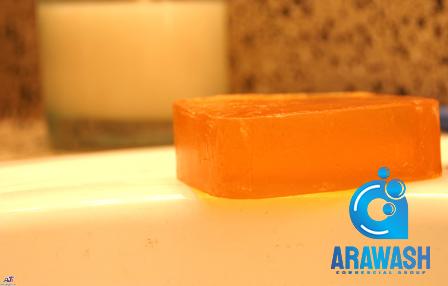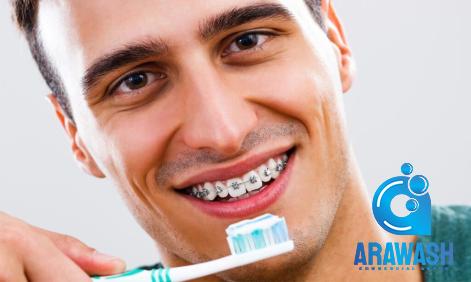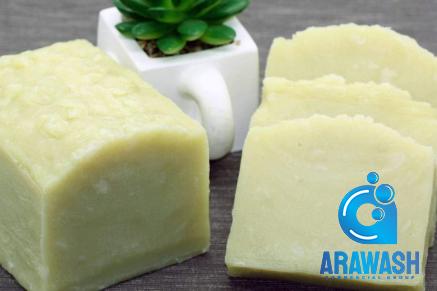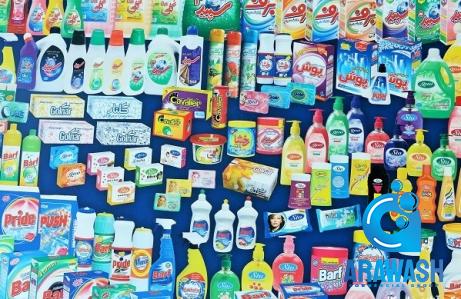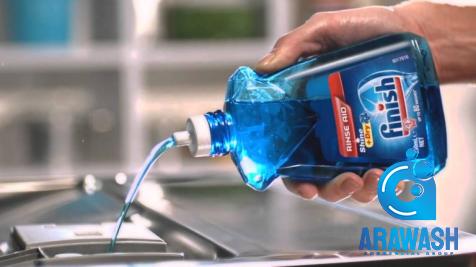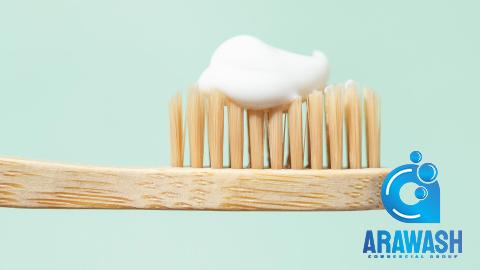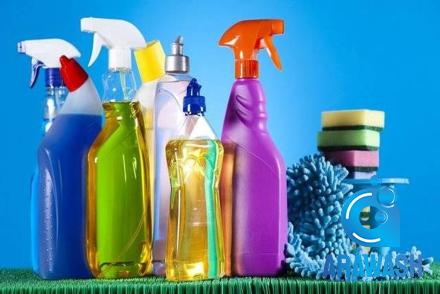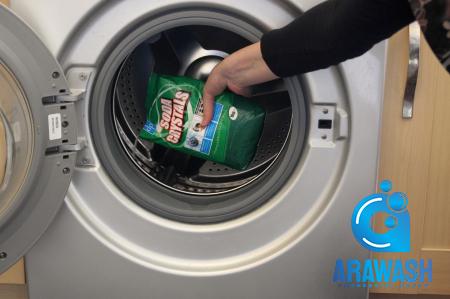Buy Chlorine Free GuidelineTypes + Price
bleach trade is profit full business but before starting, you should have previous information about the product of bleach, if is it free of chlorine or not, and different guideline of bleach
Bleach, solid, or liquid chemicals are used to bleach or remove the natural color of fibers, yarns, other fabrics, and paper
In textile refining, the bleaching process is used to produce white fabrics, prepare fabrics for other finishes, or remove discolorations caused by other processes
Bleach is also used as a disinfectant due to its microbiological properties
Chlorine, sodium hypochlorite, calcium hypochlorite, and hydrogen peroxide are commonly used, bleaching agents
Non-chlorine bleach has some advantages over bleach
The main ones are the possibility of using colored clothes, it does not damage the fibers of the fabric like plumbing water and it also has a long shelf life
Its action is a little longer than that of classic bleach, but the effect is proven
The only downside is that non-chlorine bleach such as water-based bleach cannot be used on all fabrics such as silk, wool, rayon, and the like
Therefore, before washing and bleaching, carefully read the information and symbols on clothing labels
Green Seas Non-Chlorine Bleach can be used on fabrics of all colors, as well as floors and tiles in general
It is an effective cleaner for removing stubborn stains such as coffee, red wine, and food residue
When washing clothes, it is used together with washing powder, which provides excellent synergy in the washing process
Clothes washed with non-chlorine bleach should be dried in the shade, not in direct sunlight
If you apply the product directly to the fabric, try rinsing it out before drying it

bleach solution for cleaning
bleach is the solution of some chemical materials for cleaning the fabric, clothes, surfaces, etc, and the customers can select the best products based on their needs and payment ability
Also, you can make a handmade bleach to clean the white surfaces and clothes:
white furniture:
Sprinkle baking soda all over the sofa and leave it on the sofa surface for 20 to 30 minutes to soften stains for cleaning
Clean the surface of the sofa again with baking soda
Add 2-3 drops of liquid soap to about 4 cups of water and completely remove the stains from the fabric on the sofa with a cleaning solution and a linen cloth
Use a dry cloth to remove moisture from the sofa fabric

Towels:
Usually every home has towels, pool towels, bath towels, and bath towels in different colors and sizes, but some people choose white towels based on their tastes
Some people are allergic to detergents and their skin becomes red and itchy when used
We recommend using vinegar instead of detergent
Walls:
If you are one of the families with children, you must have come across stains like pencil, ink, or fingerprints on your walls once or twice
To remove pencil marks, use an eraser and then blot any remaining marks with foam, a sponge, and a towel
Remove pencil stains from the wall with an old toothbrush and some toothpaste
To remove pastel, pencil, and crayon marks from a plastered wall, dissolve baking soda in water and wipe the wall with a cotton swab
To remove ink stains from the wall, first pour a little lemon juice on the desired area and wipe it off with a tissue after a few minutes
Bed linen and tablecloths:
To remove stains from white sheets and duvets:
Add a little baking soda to your laundry detergent to lighten the stain and effectively ease the effect of the laundry detergent on the fabric
Apple cider vinegar can easily remove sweat and deodorant stains from white sheets
silk and white curtains:
White lace and silk curtains bring light into the home and create a beautiful effect in the living room or bedroom
You can also use salt and baking soda to bleach and lighten your curtains
Remove the curtain from the bowl or container and place it on a clean towel or cloth to remove excess water from the mesh or silk curtain
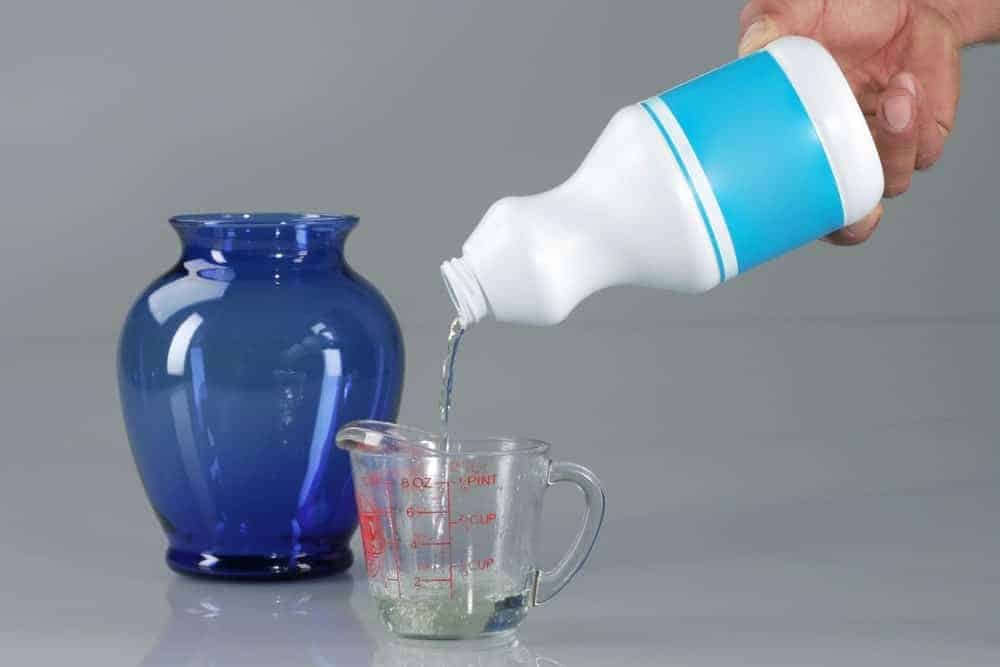
guidelines in using bleach
bleach products contain chemical and harmful ingredients which might lead to skin problems, so before using them, you should read the guidelines perfectly, that is written on the box package
Soak white clothing in a bucket of cold water and add a little bleach to it
Leave the clothes in the bucket for about 10 minutes and take them out to rinse at the end
Then hang the clothes outside to dry
Follow the steps below to better understand the process of using bleach:
Step 1 – Prepare a container, fill it with water and soak your clothes
The wash container can be a basin, a bucket, or any other suitable and stable container
Make sure the container you choose is large enough so that you won’t have trouble soaking, moving, and washing your clothes
Step 2: Pour the bleach into the container your white shirt or dress was soaked in
Different brands and types of bleach must be used in different ways and in different amounts because of their different concentrations
You can check the directions on the bleach bottle to find out how much to use for your clothing
As a rule, one cup of bleach is enough for three and a half liters of water
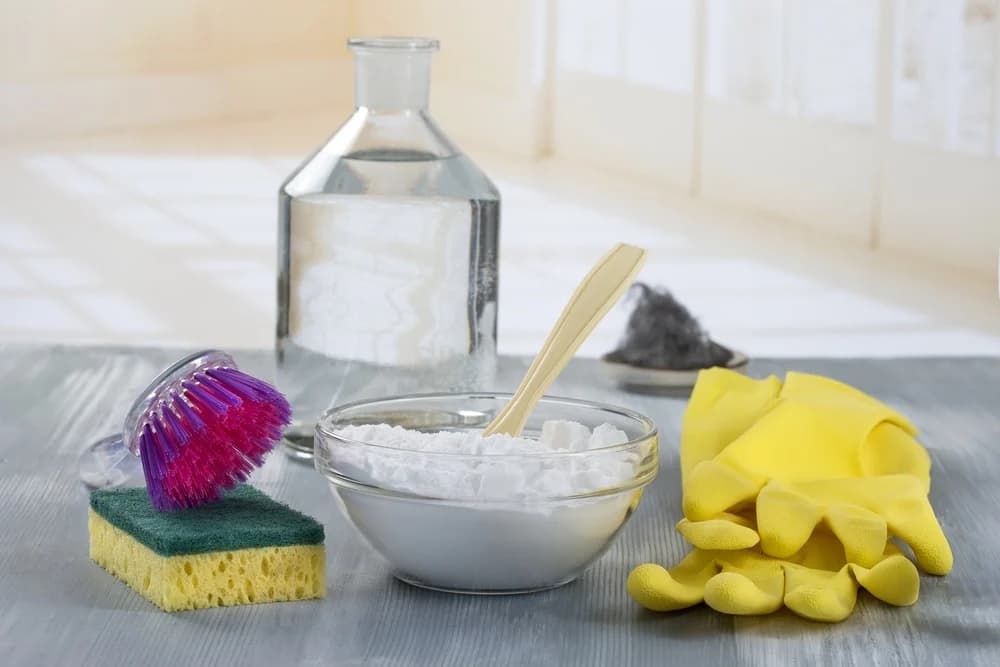
Step 3 – Mix fabric, bleach, water, and other ingredients in a container
You should make sure that your clothes are soaked in water evenly and regularly
To do this, shake the entire contents of the container every few minutes
Step 4 – Use cold water to wash your clothes
After soaking white clothing for 10 minutes, bleach and other detergents should be removed from the clothing so that unpleasant substances do not remain between the fabric fibers
Remove the shirt and other white clothing from the trash and rinse under cool running water before drying
Step 5 – Gather the excess water and dry cloth
Take the clothes out to remove excess water
Dry the clothes outside by placing them on the dryer or using a clothes dryer
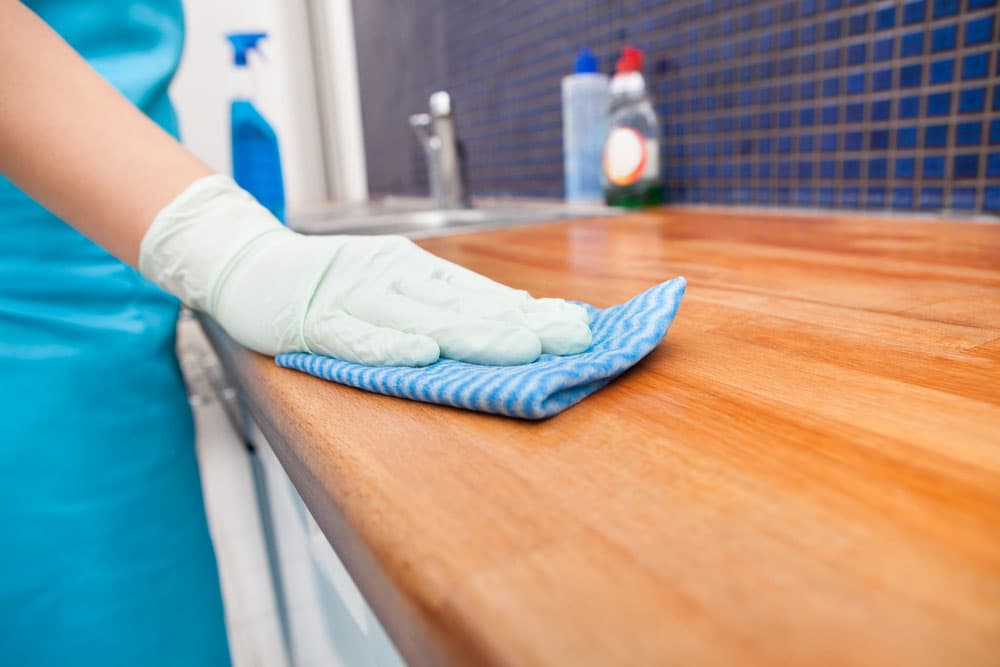
elemental chlorine free bleaching
we have two kinds of bleach, the first free of chlorine, and the second chlorine which are used for bleaching clothes, fabric, surfaces, etc, these two types of bleach have elemental differences
In general, there are two types of liquid bleach that you can use to wash your clothes
To keep your clothes healthy, it’s important to know what type of bleach you use for each type of fabric
Read the bleach package information carefully to identify the type of bleach you are using
chlorine bleach
Bleach, also known as household bleach or sodium hypochlorite bleach, is a type of detergent used for white clothing
This bleaching agent disinfects, cleans, and whitens clothing
This type of bleach should not be used on wool, silk, linen, cashmere, or leather
chlorine free bleach
Non-chlorine bleach, also known as oxygenated bleach or colored bleach, can be used on almost any washable fabric, even dark and colored fabrics, and can be used to remove stains and shine
will help restore
ITC’s Cardboard and Specialty Paper division introduced the first Elemental Chlorine Free (ECF) pulp bleaching line in India in 2002, followed in 2007 by another line, separately Bhadrachalam, incorporating the Light ECF process
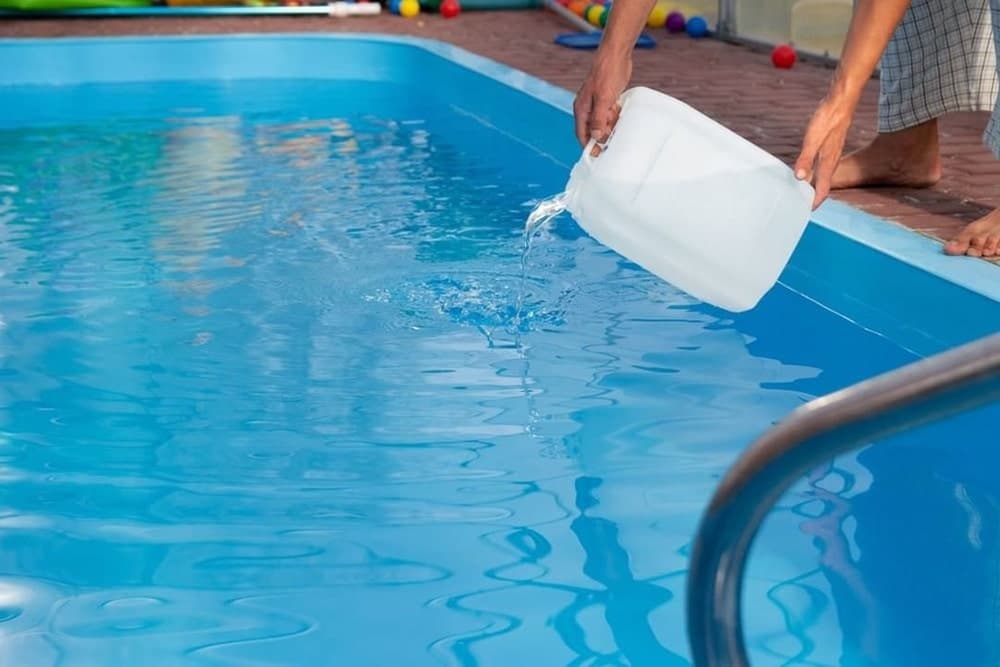
Traditionally, elemental chlorine was used in the papermaking bleaching process
By-products of this process are a large amount of chlorinated organic chemicals, which are toxic and have negative effects on the environment
Elemental chlorine bleaching releases large amounts of carcinogenic toxins, including dioxins and furans, into the environment
Dioxin, a known carcinogen, leaves significant traces in any bleaching product with chlorine bleach
ECF uses chlorine dioxide to bleach the pulp
The bleaching process does not use chlorine gas and dioxin and furan levels in the pulp are limited to less than 1 ppt (parts per trillion)
The result is a healthy, environmentally friendly, and odorless food packaging material
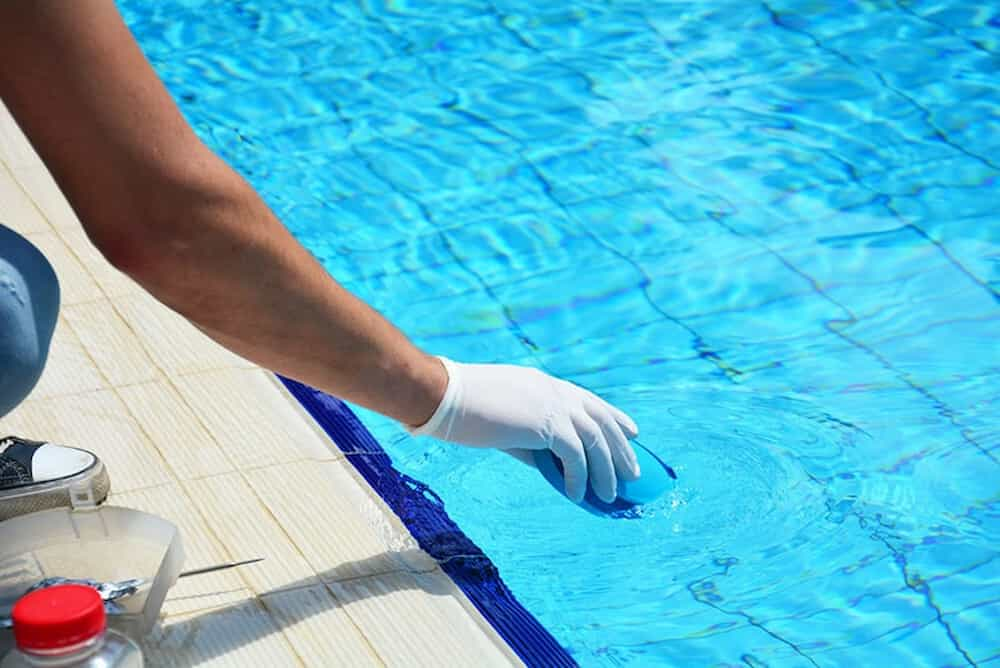
how much bleach is in the water to disinfect
before disinfecting the surfaces with bleach we must have previous information about how is the ratio of water in the solution, if we add too much bleach, it is harmful to skin health
If you want to disinfect surfaces and no household disinfectants are available, you can make a bleach solution that can be used on many surfaces in your home
This solution will be effective in killing germs when properly diluted
Clean visibly soiled surfaces with a household cleaner containing soap or detergent before disinfecting with bleach
Use regular unscented bleach
Most household bleaches contain 5-9% sodium hypochlorite
Do not use a bleach product that does not have a percentage in this category or is not listed
This includes certain types of bleach or non-sanitizing bleaches
Follow the directions on the bleach bottle to make a diluted bleach solution
If your bottle doesn’t have instructions, you can make a bleach solution by mixing:
5 tablespoons (1/3 cup) bleach per gallon of room temperature water or
4 teaspoons of bleach per pint of room temperature water
Always follow the manufacturer’s instructions for applying the bleach solution to surfaces
If there are no instructions, leave the diluted bleach solution on the surface for at least one minute before removing or wiping
This is known as the ‘exposure time’ for disinfection
The surface must remain visibly moist during exposure
Wash your hands after cleaning or disinfecting
Prepare a new diluted bleach solution each day
Bleach solutions are not as effective if mixed with water for more than 24 hours

how long does bleach last in water
an important point regarding the residue time of bleach in the water, is ”how much time do we need?” should it last for a long time or not, it does matter because has a direct effect on stain-removing When bleach and water are mixed in a cleaning or disinfectant solution, the shelf life of the solution is only 24 hours
Water temperature does not affect the cleaning or disinfection ability of the solution
After 24 hours, the solution begins to lose its disinfectant properties
Therefore, daily renewal of the solution for disinfection purposes is recommended
Most bottles do not have an expiration date, but they do have a manufacture date
Once you understand how to read the production date, you’ll be able to figure out the bottle’s expiration date
Below is a table explaining our production code
We recommend storing our bleach at room temperature
It can be stored at 50 to 70 degrees Fahrenheit for about 6 months
After this time, bleach begins to decompose at a rate of 20% per year until it is completely dissolved in salt and water
When bleach is stored above 70 degrees Fahrenheit, it can lose its effectiveness and degrade rapidly
However, if you need 6% sodium hypochlorite, you will need to change the dose every 3 months
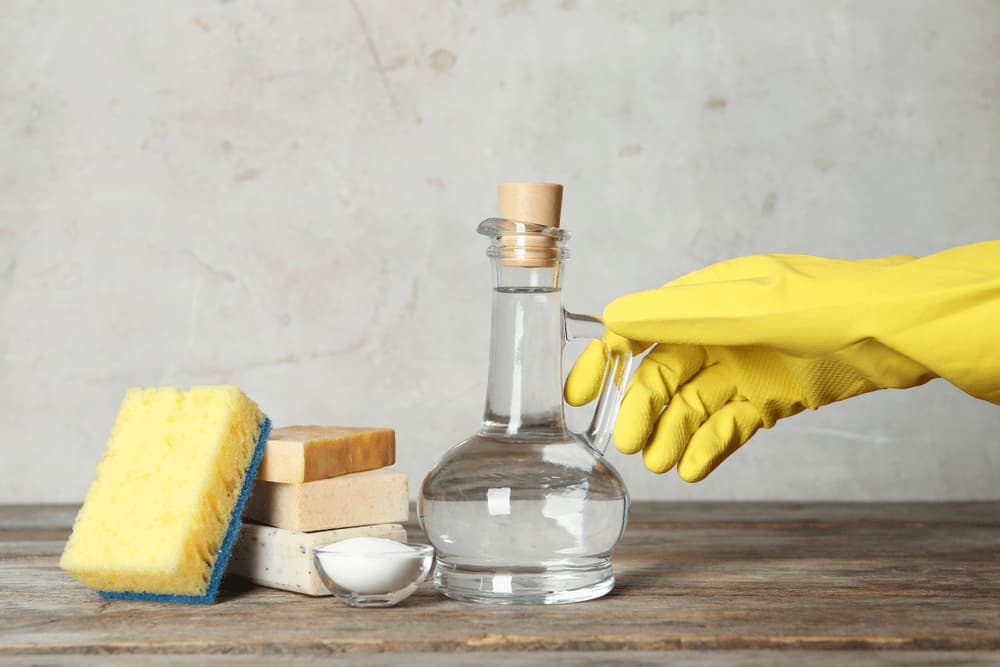
why is bleach more effective when diluted
Scientifically is not proven that when your bleach is diluted has effective and more features, that is why some people try this method to get the best result and save more money
By properly diluting concentrated bleach, it can be used safely
A small amount is enough, which makes it very affordable
First measure the water, then measure and add the bleach to the water
When undiluted bleach comes into contact with surfaces, sodium hypochlorite, the main active ingredient in chlorine, naturally breaks down
The rest you see is salt
We do not recommend using undiluted bleach on surfaces
You should always dilute bleach before using it
For proper use, it is important to follow the instructions on the vial
To properly dilute bleach, mix 8 ounces of Clorox Bleach or Clorox Flavoured Bleach with 1 gallon of water
You can use this bleach solution to clean hard, non-porous surfaces
To disinfect hard, non-porous surfaces, leave the Clorox bleach solution in contact with the surface for at least 5 minutes
Wash thoroughly and dry

